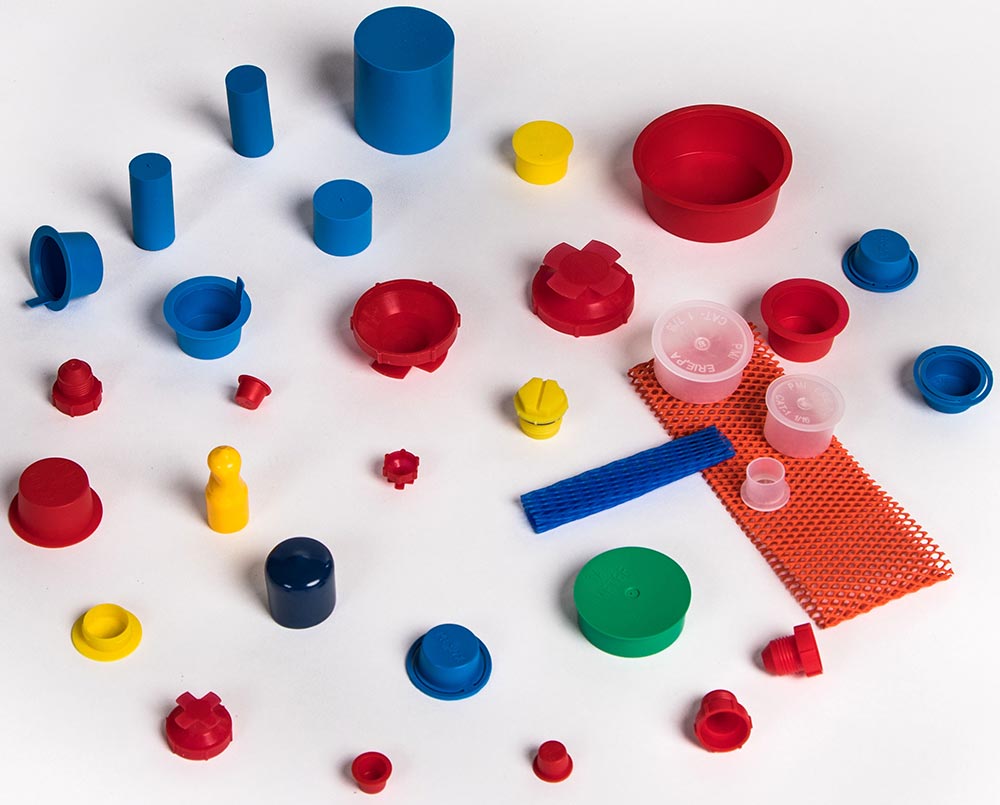News & Events


5 Emerging Pieces of Technologies in Injection Molding
Innovation in manufacturing takes giant strides in shaping the products we use daily. Injection molding, a linchpin of manufacturing, is undergoing transformative tech evolutions that promise more cost-efficiency, speed, and precision. Discover some emerging technologies in injection molding that spark the curiosity of engineers and manufacturers alike.
1. Additive Manufacturing Integration
Additive manufacturing, commonly known as 3D printing, has already left marks in various sectors. Still, its integration with injection molding will redefine prototyping and production.
This convergence streamlines the initial prototyping phase, giving engineers more design freedom and faster development. It also enables the on-demand production of molds and other components, spurring responsiveness to market shifts and custom orders.
2. IoT and Machine Connectivity
The Internet of Things (IoT) is entering the devices of injection molding. We can communicate with machines through a digital system, offering benefits like real-time monitoring and predictive maintenance.
Manufacturers may predict machine failures, schedule maintenance, and run operations at peak efficiency after collecting and analyzing data. Interconnectivity minimizes downtime and optimizes energy usage with adaptable technology.
3. Robotics and Automation
Robotic arms create a new level of precision and efficiency in fabrication. These tech marvels wield an unwavering grip for a quick, high-quality output.
Automation amplifies production rates, mitigates the risk of human error, and enhances safety in polymer injection molding. Additionally, machines that perform repetitive tasks allow workers to pivot to tasks that require human input.
4. AI and Machine Learning Applications
The injection molding arm is now bearing the weight of AI, and machine learning algorithms are lending a strategic edge. These applications optimize the entire process with data-driven precision, from mold design to part ejection.
AI evaluates variables, such as temperature and pressure, to guarantee the polymers culminate in perfect forms each time. The overarching impact includes reduced waste, material use, and energy consumption, heralding a more sustainable approach to manufacturing.
5. Advanced Mold Materials
The mold is one of the most essential and influential pieces in injection molding. Advanced mold materials, like additive-manufactured metals and ceramics, are high in demand. They can withstand high pressures, temperatures, and abrasions while offering superior surface finishes.
These molds are expanding design possibilities for complex parts. The marriage of technology with these materials is carving a new standard for mold longevity and production flexibility.
By harnessing this emerging technology in injection molding, manufacturers can shift to an era where production revolves around speed, precision, and innovation. Integrating these technological advancements is a pivotal step toward future-proofing your manufacturing prowess.

